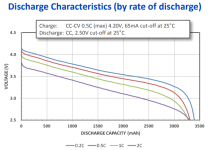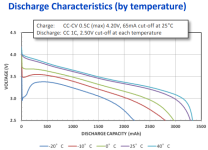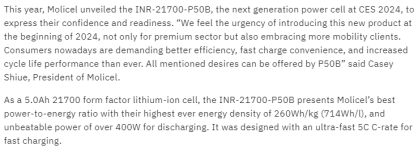Wow.. 5kw isn't enough?
Imagine it takes both a long time to raise coolant from -15F to room temperature and then it takes a while for the cells to soak in the heat.
I did a very quick google for calculators, and found this
This calculator tells you how much heating power is required to heat the water within a specified amount of time.

gettopics.com
but it won't let you use a start temperature below 34F.

I specified 2.4 gallons of water (a quick google says a model S has 2.38 gallons of battery coolant), 34F start and 72F end, with an hour to heat, at 50% efficiency (no idea how well insulated the pack is, but it's large surface area exposed under the car should shed heat easily if it's not sufficiently insulated against that.)
It says that it would take 446 watts over that hour, or 0.45kWh, to do that.
AFAIK it should take proportionally more to do it from -15F. So -15 to +34 is 15 + 34 = 49. 72 - 34 = 38. 49 / 38 = 1.3x the amount of power for the initial heating the calculator wont do. So 1.3 x 446 = 575W, and 575 + 446 = 1021W, or about 1kWh.
That';s assuming the battery actually is ever allowed to reach that temperature in a funcitoning car, *and* assuming the coolant can't freeze. If the coolant is frozen, it can't circulate. In that event, you can heat that coolant up to whatever the system limit is, then the heater will turn off. Then that coolant will pass *some* of it's heat to the beginning of the coolant pipes, but unless everything is very well insulated, the heat will radiate and conduct away from this point probably very much faster than it will ever be created by the heating system, because the system has to keep stopping the heating process to prevent overheating the coolant. (don't want to boil it and blow the system open from overpressure, or damage parts from heat).
If the heaters are not inside every coolant passage, then any temperatures low enough to freeze it, sustained long enough, will freeze the battery coolant in the unheated passages eventually, unless coolant is continuously pumped and heated the entire time the temperatures are that low. (which would use up the battery pack's power at some point). After that, you have to unfreeze the pack before you can even use the coolant heating system.







